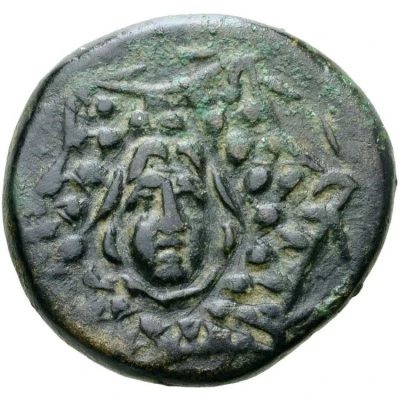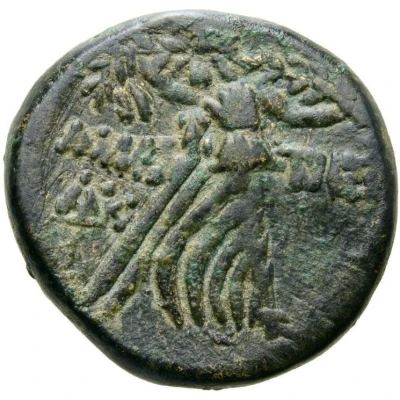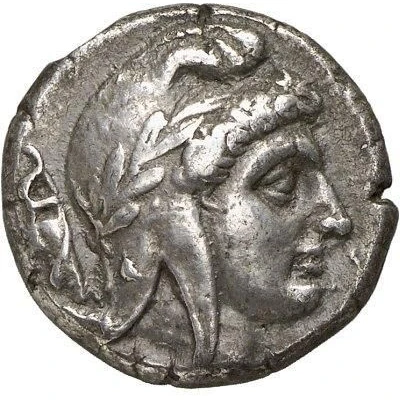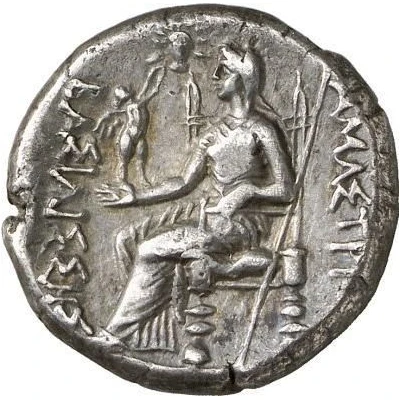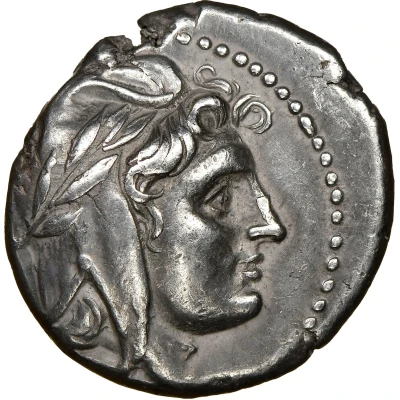
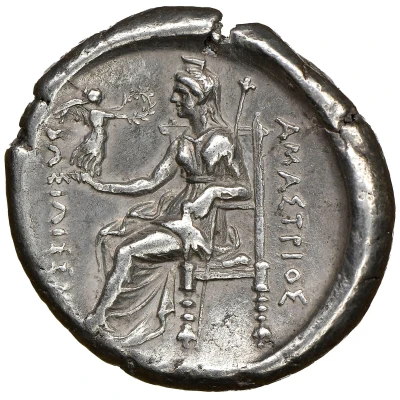

© Heritage Auctions
Stater - Amastris 305 BC - 284 BC
| Silver | 9.73 g | 22 mm |
| Issuer | Amastris (Paphlagonia) |
|---|---|
| Type | Standard circulation coin |
| Years | 305 BC - 284 BC |
| Value | Silver Stater (3) |
| Currency | Drachm |
| Composition | Silver |
| Weight | 9.73 g |
| Diameter | 22 mm |
| Shape | Round (irregular) |
| Technique | Hammered |
| Orientation | Coin alignment ↑↓ |
| Demonetized | Yes |
| Updated | 2024-10-10 |
| Numista | N#370239 |
|---|---|
| Rarity index | 100% |
Reverse
Aphrodite enthroned left, Nike right in extended right hand, transverse scepter cradled in left arm.
Script: Greek
Lettering:
ΑΜΑΣΤΡΙOΣ
ΒΑΣΙΛΙΣΣΗΣ
Comment
Amastris was the niece of the last Achaemenid King of Persia, Darius III, and was married off to several of Alexander's generals in succession in the years after the Macedonian conquest. After being "set aside" by Lysimachus in about 302 BC, Amastris decided to found her own city on the coast of Paphlagonia, and gave it her name. She served as its queen for the first years of its existence, and the city grew steadily in prosperity and importance in the decades and centuries that followed, eventually becoming incorporated into the Roman province of Bithynia-Pontus. The city's coinage is both rare and intriguing, the obverse portrait wearing a laureate Phrygian cap being variously described as the head of Queen Amastris herself, the Persian hero Mithras, or an Amazon warrior.Interesting fact
The Amastris Stater was used as a form of currency in the ancient Greek city of Amastris, which is now modern-day Amasra, Turkey. The coin features an image of a mythical creature called a Griffin, which was a symbol of protection and strength in ancient Greek mythology. The Griffin is depicted with the body of a lion and the head and wings of an eagle, and it's believed to have been a symbol of the city's power and prosperity.
